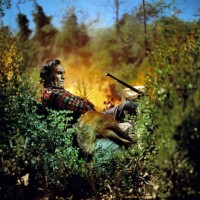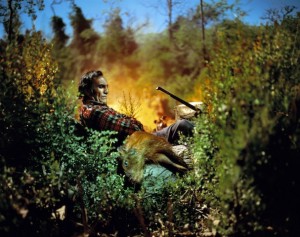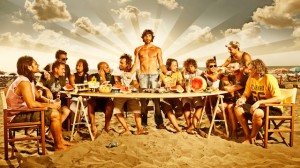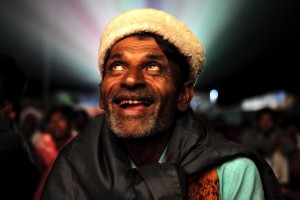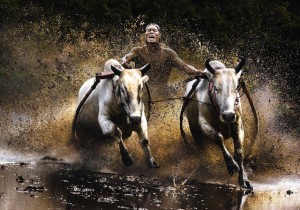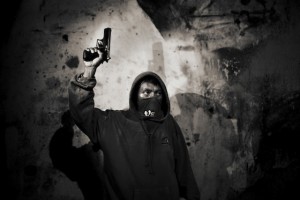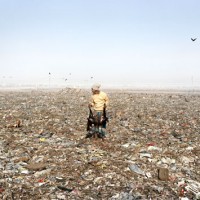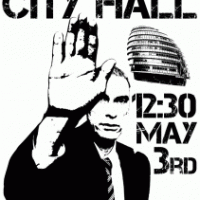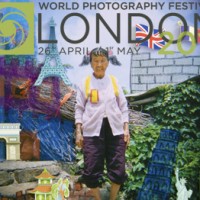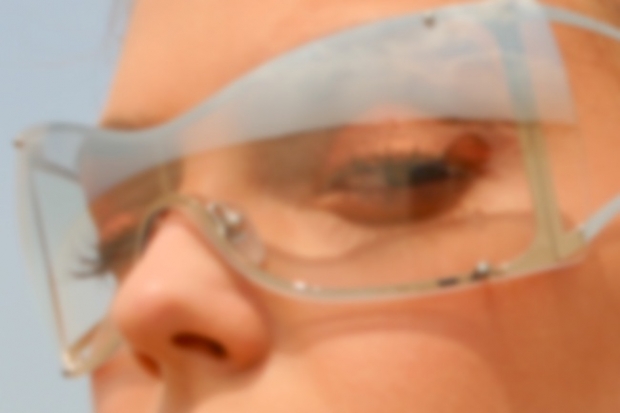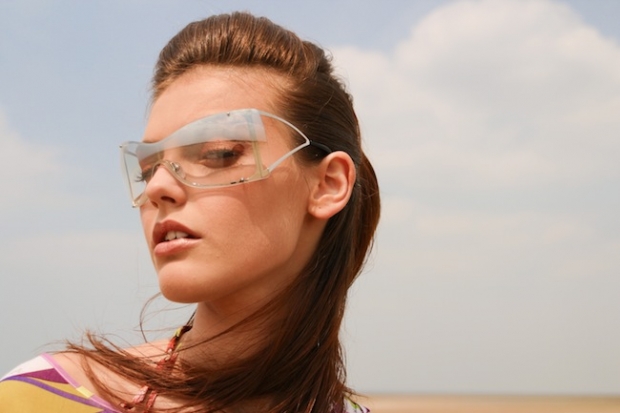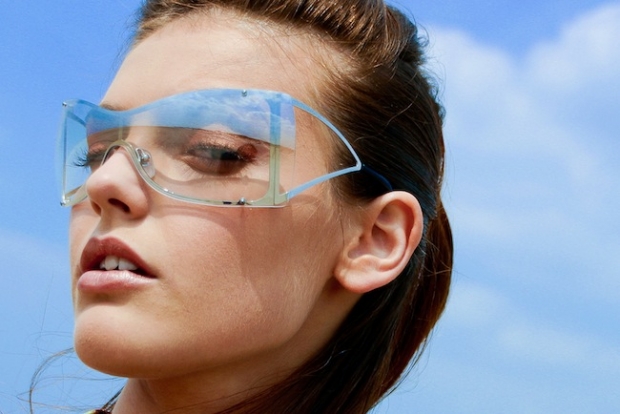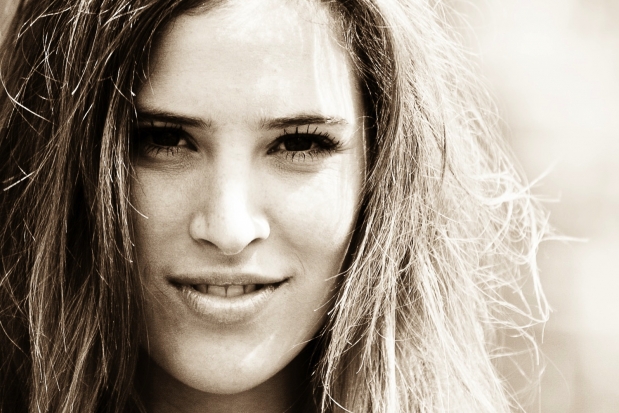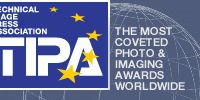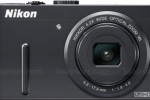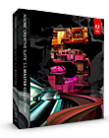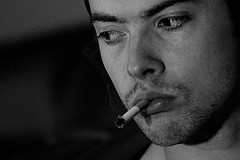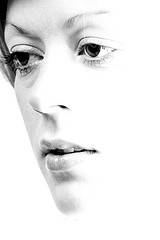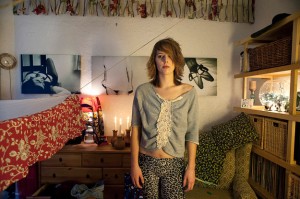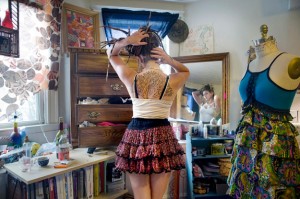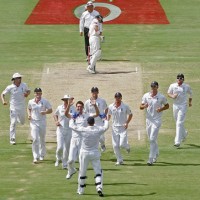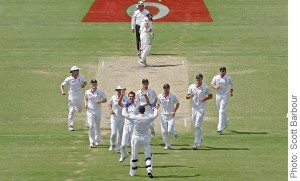One of the strengths of photography has always been its ability to freeze time. Before the advent of photography, it was impossible to see how a hummingbird moves its wings, how a tennis ball deforms as it is served, or what it looks like when a bullet hits an apple at the speed of sound.
In the microcosmos explored by macro photographers, there are hundreds of similar quick-moving phenomena that lay unexplored. I have a fascination with falling water and the way matches flare up as you strike them, so I decided to take a closer look.
Falling droplets

Edgerton nearly drove himself to despair trying to capture this one photograph
There are photographers out there who have driven themselves to the brink of insanity trying to capture the perfect droplet photo. Harold Edgerton, for example, worked several years of his life in the mid-1950s the hope of one day capturing the perfect corona—the splash impact of a droplet in a layer of liquid transforming into a perfect crown of droplets thrown back from the liquid. Eventually, through years of trial and error, he managed to capture his droplet.
Today, photographers have the advantage of being able to share experience online. Because most photographers work with digital cameras, the experimentation time also decreases drastically. Imagine the poor people who had to wait for an hour for their film to develop properly, just so they could see if they had finally captured the perfect corona!

This photo, by Mattheu Collomp, shows an alternative way of photographing droplets - click the image for a bigger version!
Despite the fact that the technical side of capturing droplets is a lot easier, it is still a labor- and time-intensive mission on which to embark. There is something unique about seeing liquids and their motion frozen in time, however, and as a macro photography project, it is excellent.
I have tried capturing droplets on impact on many occasions throughout my photography lifetime, and every time, I did it a little differently. On the first few attempts, I tried it with an old flash unit connected to a Kodak DC4800 with a PC lead (the same type of connection that connects cameras to studio flashes). The results were not terrible, but the limitations of a digital compact camera turned out to be prohibitive of capturing the photos I wanted. The second time I gave it a shot, I had graduated from digital compacts and was using my first dSLR—one of the first Canon EOS D60s, bought on the very day it was released. The result wasn’t too bad — but it wasn’t great either.

My first attempts at photographing droplets weren't, exactly, what you'd call successful (click on image for larger version on Flickr)
With my shiny new dSLR, I was trapped indoors in a typical miserable rainy day. What could I do other than try to capture some more droplets? This time, I decided to give continuous lighting a try, and I lined up a pair of 600w work lights. Although the light was blindingly bright, in retrospect, there still wasn’t enough light: Even the best of my shots that day had a slight tinge of motion blur on them. Although I did get some spectacular photographs, the blur meant that they weren’t as perfect as I would have liked.
Throughout my experimentation, however, I did discover one thing: The translucency of water makes it difficult to capture the true dynamic of the fluid. If only there was a purely coloured, perfectly opaque liquid I could use—and paint would have created such a mess. My esteemed photography assistant Katherine came up with the idea of using milk, which turned out to be a terrible idea. The hot lamps made the milk turn sour within half an hour, and the smell in my make-shift photo studio stayed for weeks. I’ve since discovered the perfect liquid: long-life coffee creamer! This liquid is slightly thicker than water, doesn’t go bad as easily as milk, and makes a wonderful splash, too!

It took hundreds and hundreds of attempts before I started getting images I started to be happy with. This wasn't one of 'em.
When I started writing my macro book (from which this article is a small extract), I decided it was time to revisit the droplet experiment. Armed with a few containers of coffee creamer and using a 28-135mm macro lens with a 25mm extension tube and the Canon Twin Lite macro flash, I started experimenting again.
There are many ways to capture droplets, all depending on your taste. It’s possible to create tranquil photos, like the one Matthieu Collump shot above, but personally, I prefer the drama of liquid hitting liquid.
For my droplet shots, I used a large, flat surface with a very thin layer of coffee creamer in the bottom. I then used an eyedropper to let droplets of creamer fall into the film of creamer. (If you don’t have an eyedropper, you should be able to buy one inexpensively at a photography store or pharmacy.)
After a few photos, I started getting the knack of the timing, so that I took the photo a fraction of a second after the droplet impacted. From then on, it was four hours of patience, changing the batteries in the flash and camera, and refilling the eyedropper.
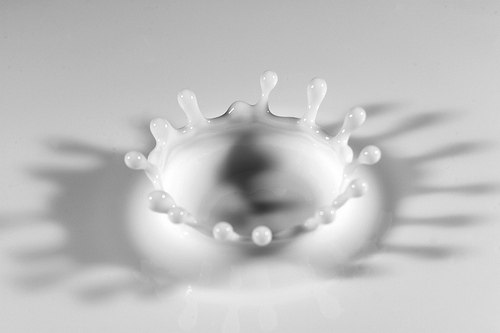
A nearly perfect corona. But only nearly.
It is the kind of activity that makes your family and friends question your sanity, no doubt about it, but in the end, I was left with about half a dozen photos I’m very fond of, including the photo above, which is nearly a perfect corona.
But only nearly…
Learn more about macro photography

My book!
This is an extract from chapter 4: The Macro in Everyday Objects, published by Wiley Publishing, and written by yours truly.
Obviously, I’m biased, but I highly recommend you get hold of a copy of my book, because it’s awesome. You can get it from Amazon in the US and in the UK, and most other good bookstores around the world.
It’s also available in Polish, Czech and Chinese, so if you prefer reading one of those languages, nip along to your local bookstore or book-peddling interwebsiteshop.
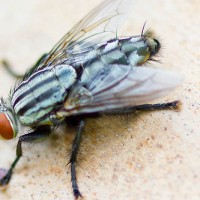






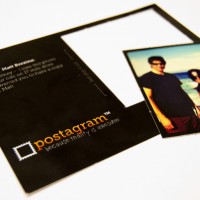
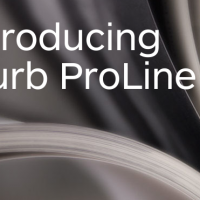
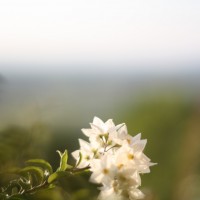
 What is this? - In our NewsFlash section, we share interesting tidbits of news. Think of it as our extended twitter feed: When we find something that get our little hearts racing, we'll share it with you right here! Loving it? Great, we've got
What is this? - In our NewsFlash section, we share interesting tidbits of news. Think of it as our extended twitter feed: When we find something that get our little hearts racing, we'll share it with you right here! Loving it? Great, we've got 





